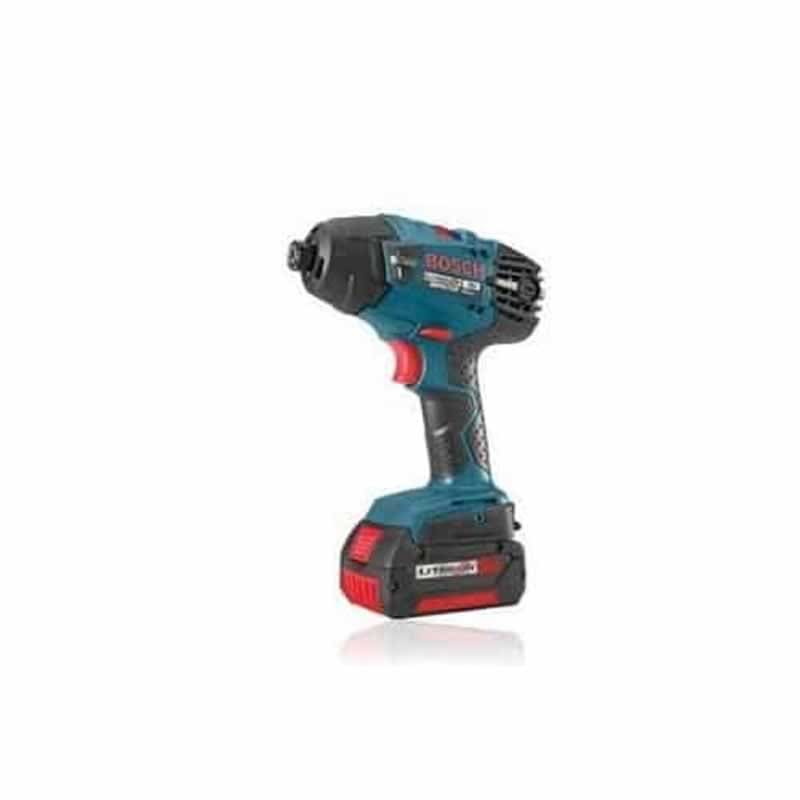Most people hear about backflow and think about the backlog of water in the drains which flows back into your home. This creates a mess and a potential health hazard. However, it is not the only form of backflow you need to be concerned with at home. It’s also possible to get backflow in your water supply. This can cause serious health issues.

If you think you’re experiencing backflow in your water supply you should get your local Sydney emergency plumbing firm to visit straight away and resolve the issue.
What Is Backflow In The Water Supply?
Your water enters your home through a dedicated pipe and this should go directly to your taps or any water filter you have. This ensures the water you’re drinking is as clean and safe as possible. However, the water supply pipes also supply other devices, such as your central heating system or even a toilet without an anti-siphon float. In most cases, this doesn’t make a difference. But, if the pressure in the heating system of other connected appliances is higher than that in the mains supply the water will flow back and into your supply pipes.
In other words, the supply of water in your home will flow backward, in the wrong direction. Instead of drinking fresh water from the treatment works, you’ll be drinking the water from your central heating system or the toilet cistern.
Reasons For Pressure Difference
The hating system uses hot water, this increases the pressure and can be enough to cause an imbalance in the system, especially if the mains water experiences a pressure drop. This can happen when the water is being diverted elsewhere, such as with a roadside leak or the fire service using the water.

The Damage Caused
In some cases the higher pressure feeding back through the supply pipes can cause the joints and valves to rupture, creating leaks that will need to be dealt with quickly. The bigger danger is that the water backflowing into your supply pipes is contaminated. For example, the water in your heating system will have an inhibitor in it, this is poisonous if digested. It’s also possible that the drop in pressure in your heating system will cause damage to the system, such as pump failure.
Preventing The Issue
The safest way of ensuring this never happens is to make sure there is no cross-contamination point. Unfortunately, this is not always a practical solution. Sometimes a secondary system needs to be fitted to your water supply. In this instance, you need to ensure the connection point is after your main water supply goes to the faucet and you fit an anti-siphon valve. This will effectively allow the water to flow in one direction only, preventing it from flowing into your main water supply and causing damage or health problems. Testing the water periodically will help to give you peace of mind. But, you should also ensure your plumber regularly inspects it to ensure there is no cross-contamination or backflow.






